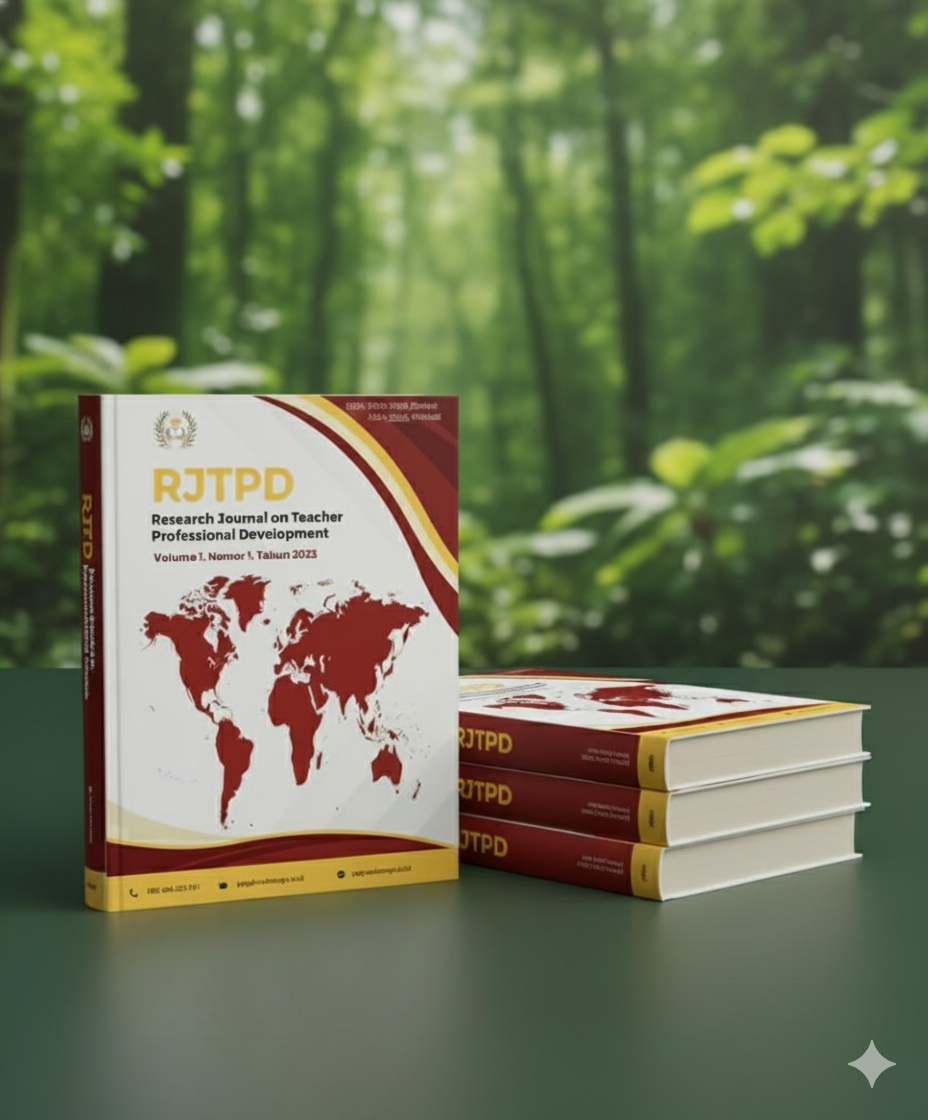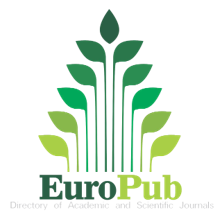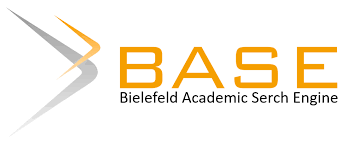Internalizing the Value of Respecting Differences through Role Playing: Classroom Action Research on Islamic Education Learning in Elementary Schools
DOI:
https://doi.org/10.21580/rjtpd.v3i02.24330Abstract
Life in a pluralistic society requires the formation of noble morals from an early age, especially an attitude of mutual respect for differences. However, moral learning in Islamic Religious Education (PAI) subjects in elementary schools often experiences obstacles because student learning outcomes, especially in the realm of social attitudes, are still low and have not reached the Minimum Completeness Criteria (KKM). This study aims to analyze the application of the Role Playing Learning Model in improving the moral learning outcomes of students in grade Va of SDN 1 Kalipucangkulon Welahan Jepara on the material of mutual respect for differences in the 2024/2025 school year. The research uses a classroom action research (PTK) approach with a spiral design consisting of three stages: pre-cycle, cycle I, and cycle II. The subjects of the study were 25 students of class Va. Data were collected through behavioral observation, attitude assessment documentation, and field notes, then analyzed descriptively, qualitatively, and quantitatively. The results showed an increase in moral learning completeness from 58% in the pre-cycle to 76% in the first cycle, and reached 88% in the second cycle. The application of Role Playing has been shown to be effective in helping students understand moral values contextually through simulation of real social experiences, thus facilitating the internalization and application of an attitude of respect for differences in daily life. These findings make an original contribution to the development of social-emotional experience-based PAI learning strategies, while offering innovative alternatives for teachers in optimizing moral learning in elementary schools
Downloads
References
Fitria, H., Kristiawan, M., & Rahmat, N. (2019). Efforts to improve teacher competence through classroom action research training. Unwahas, 4(1). https://doi.org/10.31942/abd.v4i1.2690
Huda, N., Aslan, A., & Multahada, A. (2023). Internalization of moral education values for children in broken home families in Ramin Condong Hamlet, Matang Labong Village, Tebas District in 2023. Tarbiya Islamica, 11(1), 17-23. https://doi.org/10.37567/ti.v11i1.2327
Husni, S. (2023). The approach of the fish bone method in the title of the division for form two MBPK. Malaysian Journal of Social Sciences and Humanities (Mjssh), 8(1), e002070. https://doi.org/10.47405/mjssh.v8i1.2070
Idhaudin, A., Alim, A., & Kattani, A. (2019). The application of the model of Shaykh Uthaymemin's moral education at SDIT al-Hidayah Bogor. Journal as-Salam, 3(3), 53-66. https://doi.org/10.37249/as-salam.v3i3.137
Kusnan, K., Zainal, N., & Sanger, M. (2022). Implementation of character education in early childhood in raudhatul athfal (ra) fastabiqul khairaat airmadidi north minahasa. Indonesian Journal of Early Childhood Education (IJECE), 2(01). https://doi.org/10.30984/ijece.v2i01.258
Mahmud, A. (2023). Moral education and effective learning models in the Al Hidayah Makassar Orphanage: Social Transformation for a Better Future. RKJPM, 1(2), 79-88. https://doi.org/10.24252/rkjpm.v1i2.41761
Nurbaiti, R., Alwy, S., & Taulabi, I. (2020). The formation of students' religious character through the habituation of religious activities. El Bidayah Journal of Islamic Elementary Education, 2(1), 55-66. https://doi.org/10.33367/jiee.v2i1.995
Nurodin, N. (2020). Analysis of Doni Koesuma's thinking on character education. Al-Mubin Islamic Scientific Journal, 3(2), 105-118. https://doi.org/10.51192/almubin.v3i2.76
Pahleviannur, M., Mudrikah, S., Mulyono, H., Bano, V., Rizqi, M., Syahrul, M., ... & Hidayati, H. (2022). Classroom action research.. https://doi.org/10.31237/osf.io/x6p8n
Putri, A., Dewi, D., & Furnamasari, Y. (2022). The role of civic education in building the nation. Journal of Education, 6(1), 126-130. https://doi.org/10.33487/edumaspul.v6i1.2318
Rahman, R., Rukajad, A., & Ramdhani, K. (2024). The role of Islamic religious education teachers in shaping character: a literature review of student character formation in schools. Al-Ulum Journal of Thought and Research on Islam, 11(3), 309-320. https://doi.org/10.31102/alulum.11.3.2024.309-320
Rosna, R. (2023). The application of the discussion method in increasing students' learning motivation in pie subjects. Ar-Rusyd J. Educator. Islam, 2(1), 25-40. https://doi.org/10.61094/arrusyd.2830-2281.55
Solehuddin, D., Aminudin, L., & Nur'ainiyah, N. (2023). The role of teachers in literacy-based character education to students in the subject of religious education and ethics class xi at SMKN 14 Bandung. Al-Hasanah Islamic Religious Education Journal, 8(2), 224-237. https://doi.org/10.51729/82189
Supriyanto, S. and Kuntoro, K. (2022). Development of teaching materials for writing inspirational story texts that build learning independence for junior high school grade ix students. Journal of Language and Literature Learning, 9(1), 19. https://doi.org/10.30595/mtf.v9i1.13722
Ulum, M., Widyaningsih, A., Kemala, R., & Susanti, I. (2023). The effect of the application of the 3m method (magic memory for Muslim) on the mastery of asmaul husna. Journal of Imperative Syntax Journal of Social Sciences and Education, 4(3), 267-282. https://doi.org/10.36418/syntax-imperatif.v4i3.259
Watun, Y. and Toron, V. (2025). The Application of Role Modeling in Catholic Religious Education for Student Character Formation: A Case Study at SMP Negeri 2 Atadei, NTT. Journal of Multidisciplinary Sciences, 4(2), 847-855. https://doi.org/10.38035/jim.v4i2.933
Yugo, T. (2024). The relevance of moral values from the book of morality lil banin in the context of modern education. Masagi, 1(2), 102-123. https://doi.org/10.29313/masagi.v1i2.4408
Yulianti, Y. (2021). The importance of character education to build Indonesia's golden generation. Journal of Mirror Research, 5(1), 28. https://doi.org/10.36841/cermin_unars.v5i1.969
Downloads
Published
Issue
Section
License
Copyright (c) 2025 Moh. Hadziq Mushoffa

This work is licensed under a Creative Commons Attribution-NonCommercial-ShareAlike 4.0 International License.
The copyright of the received article shall be assigned to the journal as the publisher of the journal. The intended copyright includes the right to publish the article in various forms (including reprints). The journal maintains the publishing rights to the published articles. Authors are allowed to use their articles for any legal purposes deemed necessary without written permission from the journal with an acknowledgment of initial publication to this journal.
















